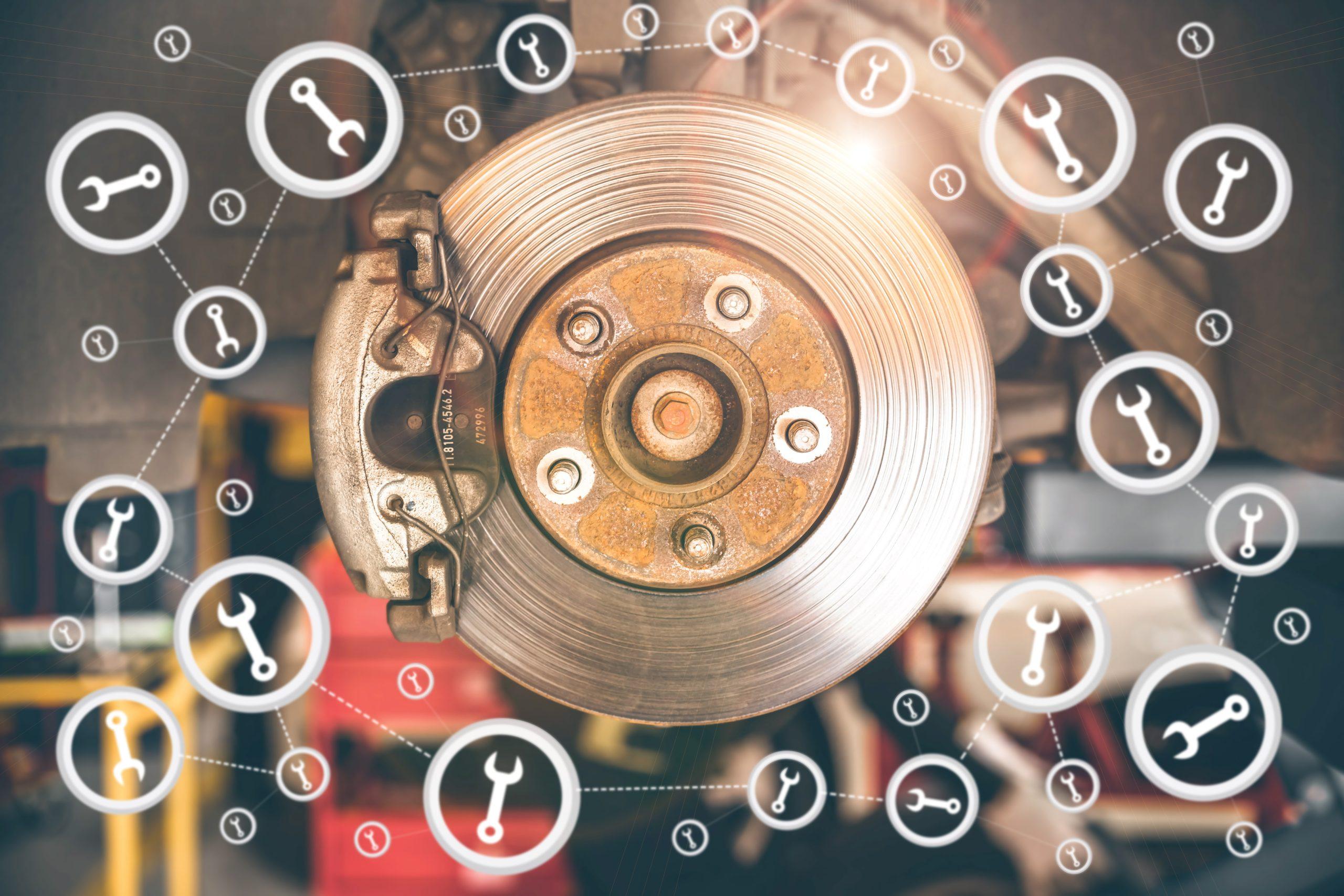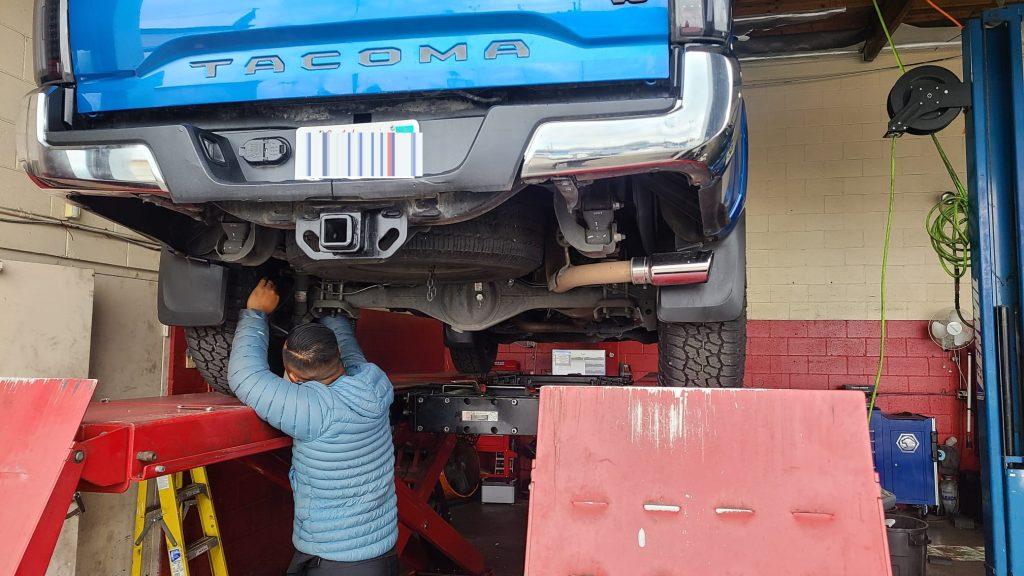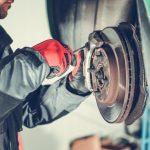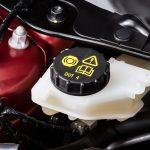
How to Tell When It’s Time for a Brake Replacement
- Harbor Brakes
- December 26, 2023
- Brakes
- brake disc, brake fluid, brake maintenance, brake pads, brake repair, brake rotors, brake service, brakes, pads, rotors
Introduction
Recognizing when to replace your vehicle’s brakes is a critical aspect of car maintenance that directly impacts safety and performance. This extensive guide delves deep into understanding the signs and importance of timely brake replacement, ensuring you are well-equipped to make informed decisions for your vehicle’s upkeep.
The Essential Role of Brakes in Vehicle Safety
Brakes are arguably the most crucial safety feature in any vehicle. They are not just mechanisms for stopping; they are vital for maintaining control during driving, especially in adverse conditions. Understanding the various components of the brake system, from pads and rotors to fluid and calipers, is key to recognizing wear and the need for replacement.
In-Depth Look at Brake Components
- Brake Pads and Shoes: These components bear the brunt of the friction required to stop your vehicle. Understanding their wear patterns is crucial.
- Rotors and Drums: These surfaces interact with the pads and shoes to create the necessary friction. Their condition is paramount to effective braking.
- Calipers and Wheel Cylinders: These apply pressure to the pads and shoes. Malfunctioning calipers or cylinders can lead to uneven braking.
- Brake Fluid and Lines: The hydraulic system that transfers force from your pedal to the brakes. Leaks or air in this system can be catastrophic.

Comprehensive Guide to Identifying Brake Wear
Auditory Signals: What Your Brakes are Telling You
- Squealing and Screeching: These sounds often indicate that brake pads have reached their wear limit.
- Grinding Noises: A grave indicator that the pads have worn completely, possibly damaging the rotors.
Tactile Feedback: The Feel of Your Brakes
- Soft or Mushy Brake Pedal: A dangerous sign that could point to air in the hydraulic system or a failure in the master cylinder.
- Vibrations or Pulsating: Typically a symptom of warped rotors, affecting the brake’s ability to function smoothly and effectively.
Visual Clues: Seeing Beyond the Surface
- Thin Brake Pads: Regularly check the thickness; anything less than 1/4 inch is a call for immediate replacement.
- Scored Rotors: Look out for grooves or uneven wear, which reduce the effectiveness of your brakes.
Performance Indicators: Observing How Your Car Responds
- Longer Stopping Distances: This can be subtle but is a clear sign that your brake system is not operating at peak efficiency.
- Pulling or Dragging During Braking: Indicates an imbalance in the brake system, often due to uneven wear or hydraulic issues.

The Dangers of Ignoring Brake Problems
Postponing brake maintenance can lead to a cascade of problems, including compromised vehicle control and increased risk of accidents. Understanding the incremental nature of brake wear and its potential consequences is essential for responsible vehicle ownership.
Expert Insight: Professional Brake Inspection and Replacement
While some drivers are confident in their ability to assess and replace brakes, a professional inspection offers a level of thoroughness and expertise that is invaluable. Mechanics can spot issues that may not be evident to the untrained eye and can recommend the best course of action for your specific vehicle.
The Harbor Brakes and Auto Repair Advantage
- Qualified Technicians: Our team comprises experienced professionals who specialize in brake systems.
- Quality Parts and Service: We use only the best parts and follow stringent service protocols to ensure your safety.
- Comprehensive Brake Services: From inspection to replacement, we cover all aspects of brake maintenance.
Preventive Maintenance: Prolonging Brake Life and Ensuring Safety
Regular maintenance is the most effective way to extend the life of your brakes and avoid unexpected failures. This section will cover the essentials of preventive maintenance, from routine checks to understanding the signs of wear.
Scheduled Inspections and Maintenance Tips
- Routine Checks: How often to inspect your brakes and what to look for.
- Fluid Replacement and Bleeding: The importance of maintaining clean and air-free brake fluid.
- Driving Habits: Understanding how your driving style impacts brake wear and how to adapt for longevity.
Financial Aspect: The Cost-Effectiveness of Timely Brake Maintenance
Investing in regular brake maintenance can save significant money in the long run. This section will explore the cost benefits of preventative care versus the expense of major repairs or replacements due to neglect.
Breaking Down the Costs
- Comparative Analysis: The cost of regular maintenance versus major brake system overhauls.
- Long-Term Savings: How timely replacements can prevent more extensive and expensive repairs.
Conclusion
Timely brake replacement is not just a maintenance task; it’s a commitment to safety. Recognizing the signs of wear and seeking professional advice ensures that your vehicle remains reliable and safe. At Harbor Brakes and Auto Repair, we are dedicated to providing you with the best service to keep you and your loved ones safe on the road.
Don’t wait for a brake failure to remind you of the importance of regular maintenance. If you’re experiencing any signs of brake wear, or if it’s been a while since your last inspection, contact Harbor Brakes and Auto Repair today. Our expert team is ready to provide you with top-notch service and peace of mind.

